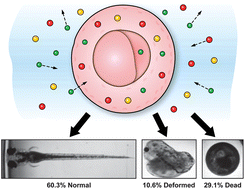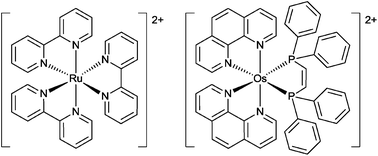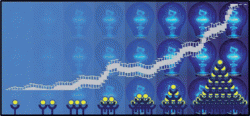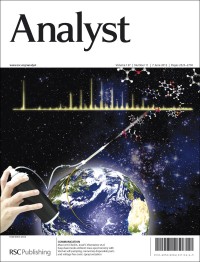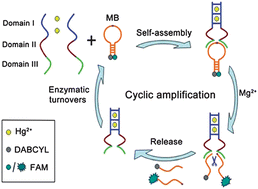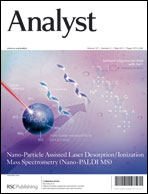Imagine analyzing a single nanoparticle? That’s what Xiao-Hong Nancy Xu and her co-workers in the USA at Old Dominion University have been doing. They have development a single-NP plasmonic microscopy and spectroscopy and ultrasensitive in vivo assay which they are using to study transport and toxicity of single silver nanoparticles on embryonic development.
Single nanoparticle spectroscopy for real-time in vivo quantitative analysis of transport and toxicity of single nanoparticles in single embryos
Kerry J. Lee, Prakash D. Nallathamby, Lauren M. Browning, Tanvi Desai, Pavan K. Cherukuri and Xiao-Hong Nancy Xu
Analyst, 2012, Advance Article
DOI: 10.1039/C2AN35293A


